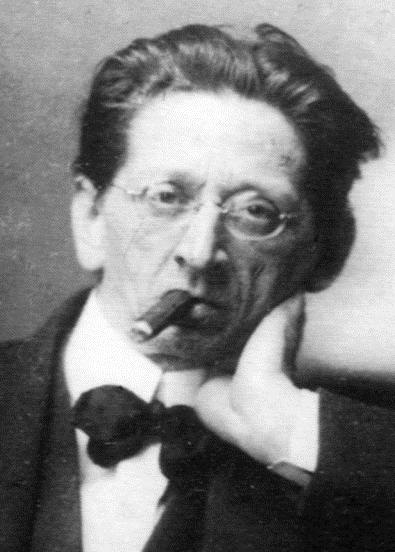
RAKIM featuring special guest Rhymefest.
@ B.B. King Blues Club & Grill
237 West 42nd Street between 7th and 8th Ave. map.
8:45pm - 10:45pm
Listen: http://www.myspace.com/rakim
from the B.B. King press materials.....
Universally referenced as one of the Masters of the Microphone and an influence and inspiration to his peers and followers alike, Rakim first exploded onto the scene with the release of iconic Eric B. is President in 1986 with long time collaborator Eric B. The single marked a turning point in the Rap world – raising the bar for future emcees and revolutionizing the way rhymes are delivered. Rakim’s intricately, intellectual lyrics draw their force from his worldly experience, inner faith and progressive contemplation, fueled by a deep understanding of not just Hip-Hop, but also the Jazz and R&B influences that have surrounded his family since his youth. Rakim’s recordings – including the all-time classics, Paid In Full, Follow the Leader and The 18th Letter - have sold in the multi-millions worldwide. Billboard, Rolling Stone, MTV and a host of others consistently refer to Paid in Full as “the greatest Hip-Hop album of all time” – a claim often repeated in audience polls. The Seventh Seal marks the first album under his own imprint, Ra Records, allowing a true freedom in creative control unparalleled since his monumental first recordings.
His first full album of new material in almost a decade, The Seventh Seal is Rakim’s contemporary observation of the Hip-Hop culture he helped define. While staying loyal to his New York roots, the artist has created a body of work that encompasses the very best of regional, underground and mainstream styles reformed and delivered through his intricate lyricism and the seemingly effortless flow for which he is revered. The first single, “Holy Are You” (produced by long-time Rakim collaborator Nick Wiz for Preserve the Art) embodies the overall concept of the album, communicating Rakim’s worldview and spirituality through artistic interpretation of scriptures and revelations about the coming of the Apocalypse and each persons role in the world around them. Additional releases prior to the albums early Fall drop range from seething character studies of life in modern times and personal stories of self-awareness to feel good anthems celebrating music and Hip-Hop in all of its forms.
The artist states, “The Seventh Seal is my own revelation. . . my way of taking the best of what Hip-Hop has to offer, what we as a culture and a community have to offer, putting my stamp on it and leading us forward while constantly respecting what we’ve already accomplished. When you’ve been blessed with a career like mine, you develop a deep relationship with the music and that love is recognized by the true heads that share it with you. Holy Are You is for those core brothers and sisters. . . the first building block – the lyrical and spiritual piece – of an album that’s my monument to Hip-Hop past, present and future. You’ll see us keep building as we break through each Seal. . .showing the best of what I can do in many forms, bringing the energy and having fun, but first I’m laying that foundation and give my longtime fans the conscious fire they expect.”







